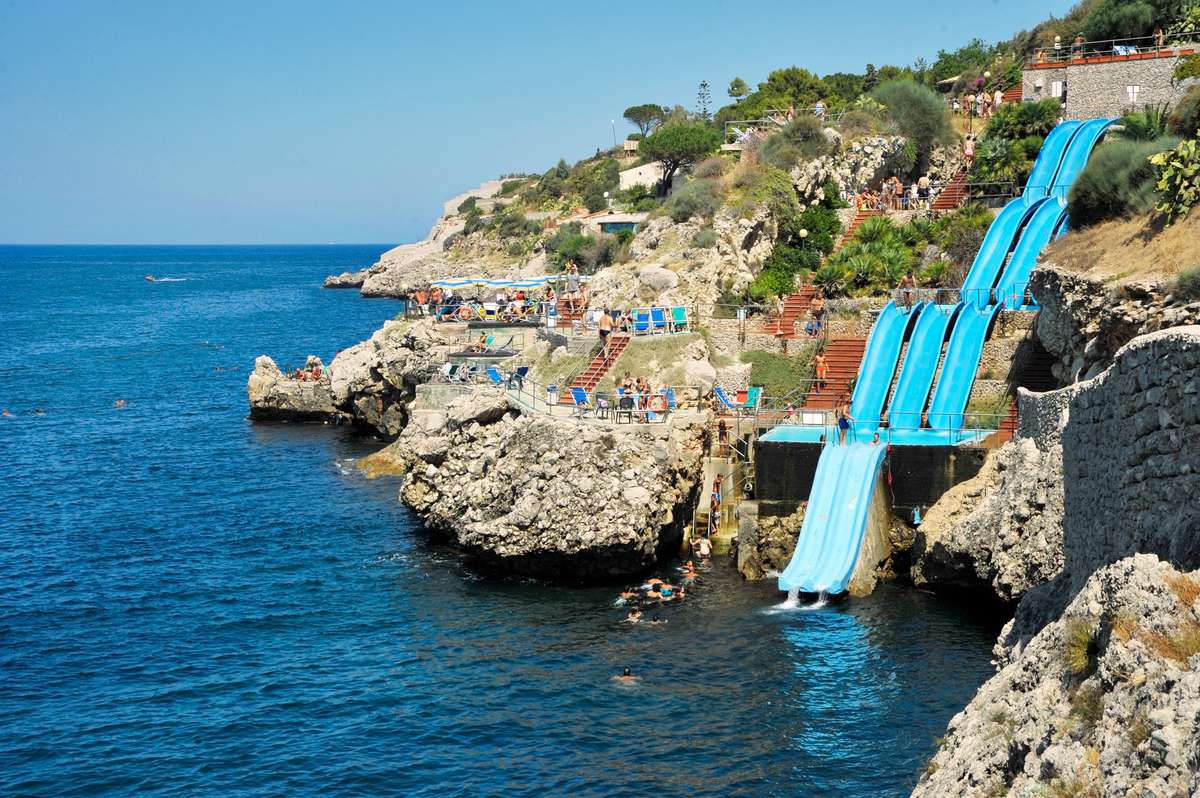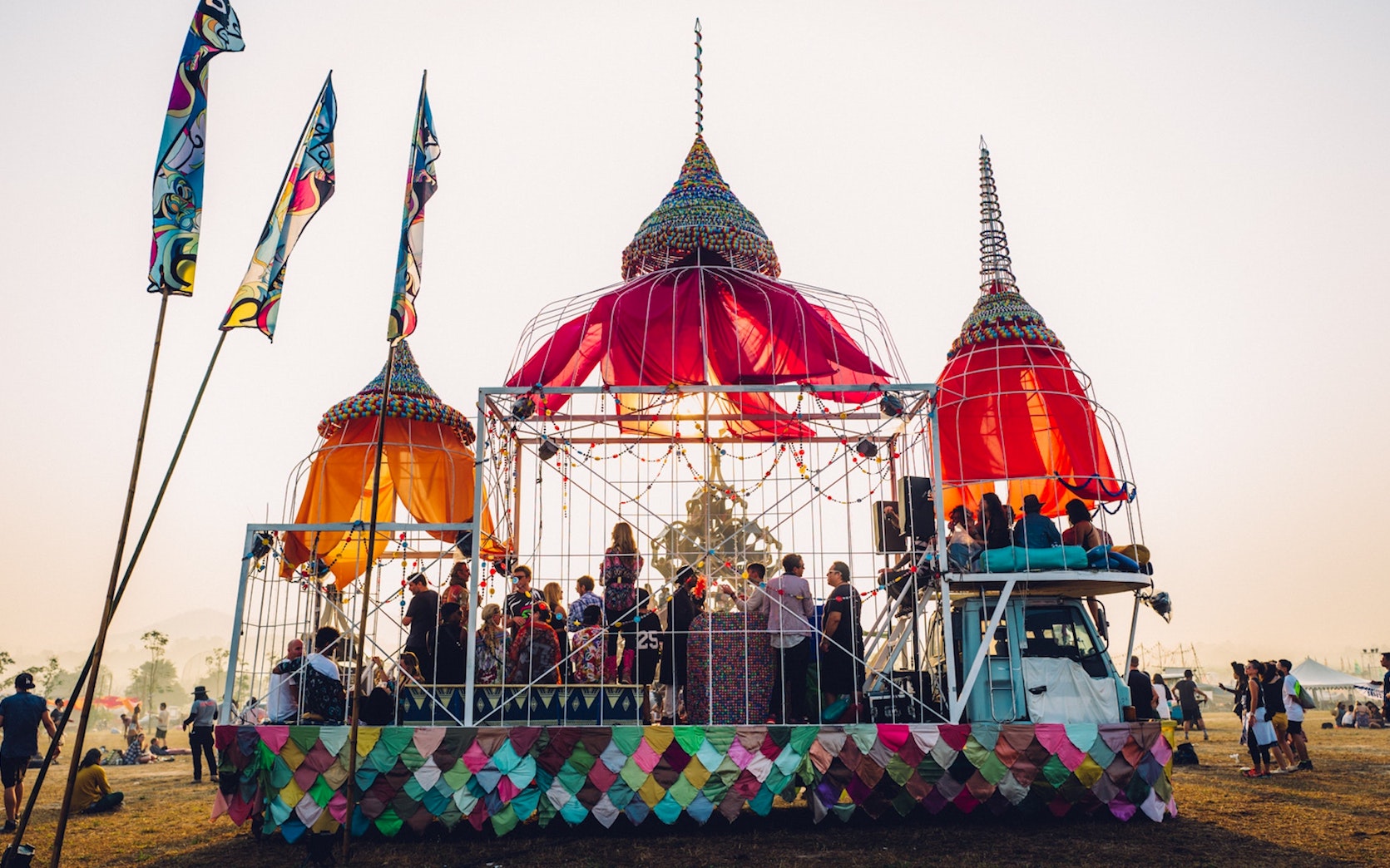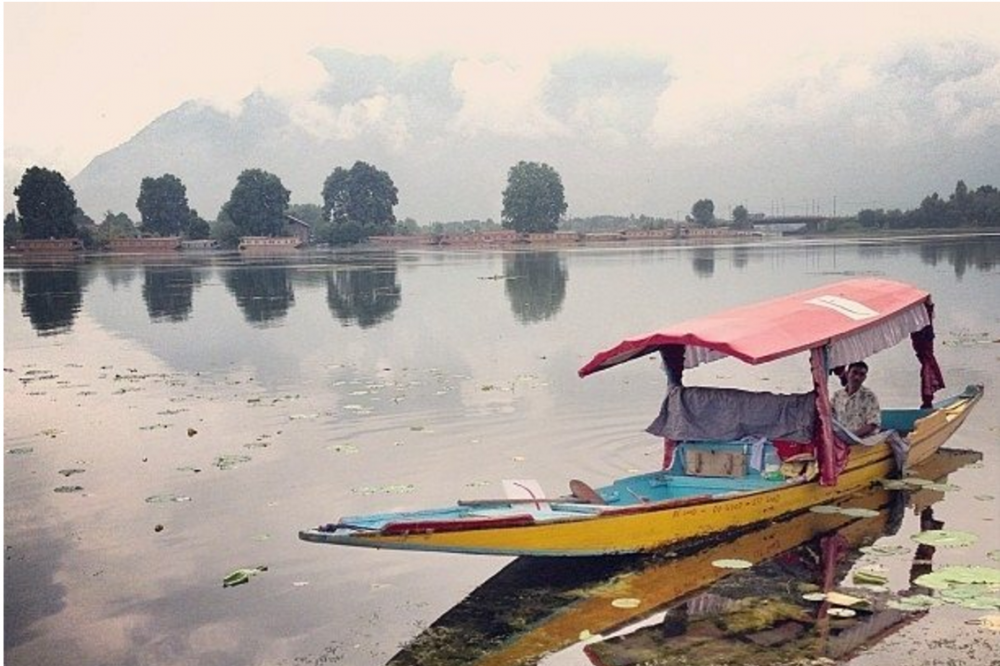Check Out These Amazing Living Bridges

Sophia Softky is an armchair philosopher and wayward American trying…
For centuries, the Khasi people native to the state of Meghalaya in northeast India have practiced an incredibly innovative solution to one of the many problems posed by living in the wettest place on earth. Meghalaya is perpetually rain-soaked, with an average of 1,186 centimetres of rain per year, meaning that ordinary wooden bridges built across the rivers that course through the jungle quickly rot away in the humidity.
[related_articles]60238,58582,50786[/related_articles]
Instead, for generations the locals have been training the roots of native rubber trees, Ficus Elastica, to grow into sturdy “living bridges” that far outlast any man-made wooden structure. Today, these surreally beautiful living bridges crisscross the jungle, some more than 30 metres long.

Local people “grow” these bridges by training the secondary roots that grow out of the rubber tree’s trunks to knot themselves onto bamboo and betel nut wood scaffolding until they reach the other side of the river and take root in the soil.

It takes only a few years for the scaffolding to rot away, but by that time the roots have grown tightly enough together to support the weight of people wishing to cross. What’s more, over time the completed bridges become even stronger as the roots grow thicker.

And while the process might be slow-going, with each bridge taking between six and 15 years to complete, once established they can last to be well over 500-years-old.
It’s enough to bring out the green thumb in even the most dedicated city slicker.
(Lead image: Roman Korzh/Flickr)
[qantas_widget code=DEL]Check out Qantas flights to India.[/qantas_widget]
Sophia Softky is an armchair philosopher and wayward American trying to make her way in Melbourne. Sometimes she writes things, and sometimes they get published. She is a millenial and therefore lives inside of the Internet.









